The Scarlet Gospels: Advance Review (Spoiler Free)
Hello Friends:
It’s with great pleasure that I recently got an Advance Reader’s Edition of The Scarlet Gospels, the new long-awaited Clive Barker novel coming out on May 19th from St Martin’s Press; you can pre-order it from Macmillan, Amazon, and just recently it also became available for Special Pre-order at the RealCliveBarker.com website store.
According to Revelations, the US Edition will be 368 pages and the UK edition 288, undoubtedly due to different formats. My ARC copy ended on page 360. I got my copy on Thursday night (Feb 5th) and had it finished by Saturday afternoon. Boy, what a ride it was. I am certain I will read it at least once again before the official release date, as I am also currently working on an in-depth article about the whole process of how the Scarlet Gospels came to be, so stay tuned for that.
The blurb on the first page of the book reads the following:
The Scarlet Gospels is Clive Barker in true terrifying form, taking readers back to his most iconic characters in a battle of good vs. evil: Harry D’Amour, the hard-boiled detective from the movie Lord of Illusions, goes head to head with the Hellpriest Pinhead, his first literary appearance since The Hellbound Heart in 1986. Bloody and brilliantly complex, fans and newcomers will be in awe of this epic visionary tale of horror. It’s one hell of a sinister ride.
The book is a return to form from Clive Barker, extremely enjoyable and I thoroughly recommend you pre-order this right now. This review is spoiler-free, so for now at least, until the book is out, we will do our best to prevent spoiling anyone out there. This means this advance review will be relatively short but I’ll try to address some of the book’s origins and how I felt reading it, below. If you’re looking for the short review, this is it. But read on for more about what I thought of The Scarlet Gospels.
“I know of no other Christianity and of no other Gospel than the liberty both of body and mind to exercise the Divine Arts of Imagination—Imagination, the real and Eternal World of which this Vegetable Universe is but a faint shadow, and in which we shall live in our Eternal or Imaginative Bodies, when these Vegetable Mortal Bodies are no more.” —William Blake, Jerusalem, 77.
Wes Craven called Clive Barker “Hell’s anatomist”. In The Scarlet Gospels, he does just that, providing us with an amazing trip from New York to Hell and back, playing with the blurring of lines that sometimes happens between this world and the next, usually around Harry D’Amour, a detective drawn unwillingly to the supernatural—a man who, as quoted by his creator: “he feels the tension between the ordinary world and the supernatural world”.
Most people will know D’Amour’s first appearance in print from the 1985 Books of Blood story The Last Illusion, later adapted (and slightly changed) into the movie Lord of Illusions where Scott Bakula played the character brilliantly; but in the third week of December of that year, Lost Souls – A Christmas Horror Story was published in Time Out Magazine’s Christmas and New Year double-issue, #800-801. In this short story, we’re introduced to Norma Paine, D’Amour’s companion in his dealings with the supernatural. She is one of main characters in The Scarlet Gospels.
The world in this book is the same as the one in every other Harry D’Amour stories, which have always been rich in creatures from other planes, magic and magicians, where “flesh is a trap, and magic sets us free”. Flesh is a trap indeed in this book, a trap the cenobites are more than willing to unravel. This is also the world of The Hellbound Heart, where cenobites are demons (maybe once human) who follow a monastic life devoted to “conditions of the nerve endings” and followers of a strict hegemonic doctrine. Our favorite cenobite however, has some plans of his own.
The Hellraiser elements in this story are fresh, original and sometimes very familiar, there’s new material that has been dug up from the depths of Clive’s imagination and put on the table, classified and given a name and function in the landscape of Hell. Like the Dominions in Imajica, Hell has a geography, flora and fauna. This books fleshes out this dimension in a way we’d see from Milton or Dante, and at moments The Scarlet Gospels stands on the shoulders of those visions of Hell and takes a step beyond. For the Hellraiser fans disappointed in the movie sequels, long disowned by Clive Barker, this Hell is a fresh design onto which Barker blew new breath into its nostrils, making it come alive on the page in a way that never happened in the movies.
Hell is both beautiful and wasted, a place where fallen Angels turned into demons hundreds of millennia ago, a place with fauna, flora and architecture, where the impossible happens alongside the discarded ruins of banality, an incessant wind wind blows through the desolation and Brutalist architectural behemoths rise out of view next to baroque statues and decorated buildings, in hellish parody of the Eternal City.
Harry D’Amour, a Barker favorite and veteran character, graduated from his first shorts stories into novels like The Great and Secret Show and Everville, as well as a movie, Lord of Illusions and an unfilmed prequel script draft called The Great Beyond, gets fleshed out even more in The Scarlet Gospels—more of his backstory is revealed in this novel, from his days fighting to make a difference in the city of the living (New York, Manhattan, Brooklyn) as well as the world of the supernatural, where demons and creatures from other planes are drawn to him like a beacon. In this book we get a glimpse at how he is seen by those forces he chooses to fight, the adversaries of mankind and light, on the other side of the veil. Intimately connected to Harry is Norma, a woman who sees beyond this world into the next. She helps the dead and hears their problems, a wall of TVs droning out their incessant complaints and demands. Despite their death, or perhaps because of it, they’re desperately trying to understand their new condition.
This story has been at least 22 years in the making. It had segments added and removed, each draft always different from each other, (segments sometimes splintering off into stories of their own) according to Clive Barker in interviews over the years. I have personally been fascinated by this process and expecting it for years, at peace in the knowledge that these lines had to take their time to hone, to build this world from the ground up and pull together the vision Clive Barker wanted it to be. He has succeeded in his intentions, thanks to in no small part to Mark Miller, who edited this book for years. St Martin’s Press won the bid to publish it and it’s now here: The Scarlet Gospels. I couldn’t be happier with it. Trust me.

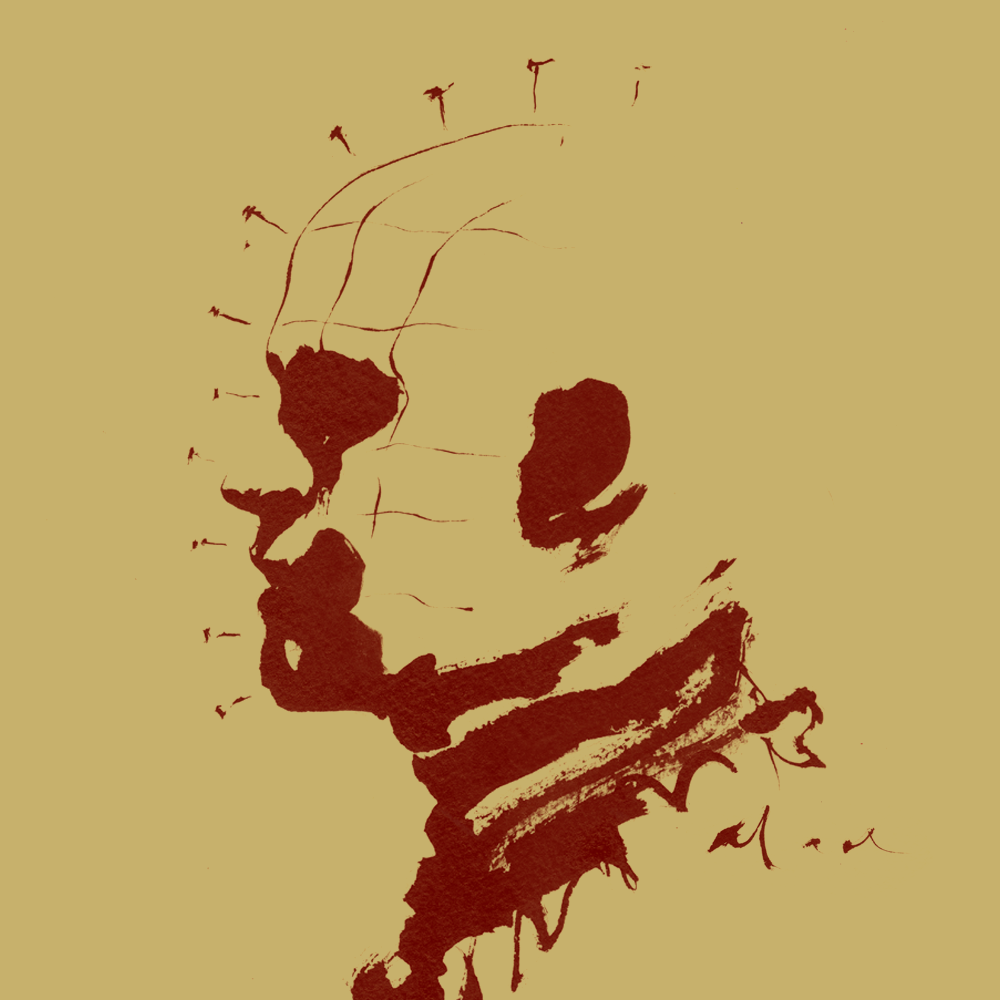
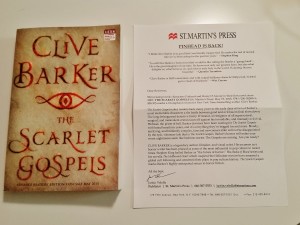
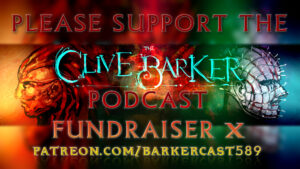


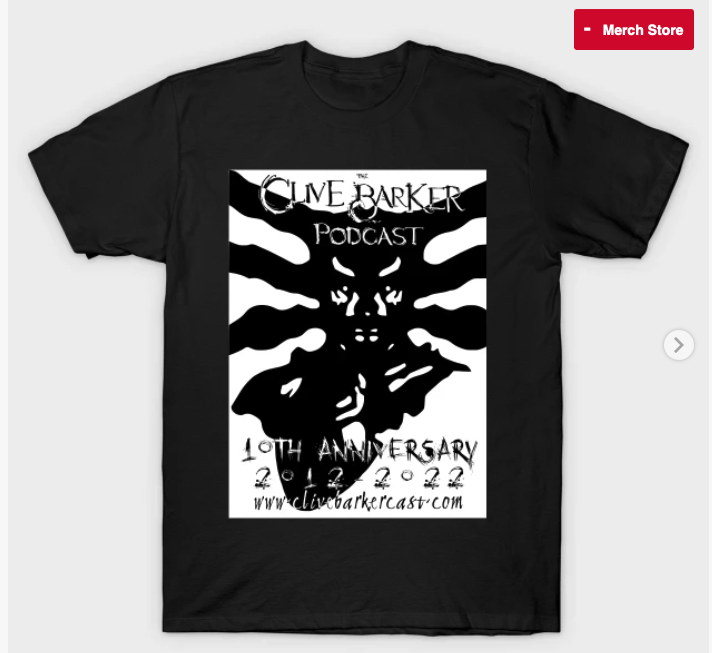

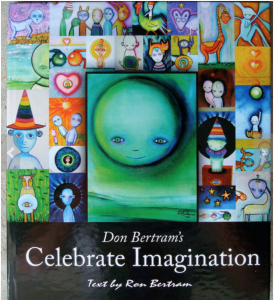




















Great review Jose. Is there a way for to borrow that from? Just kidding. But your review really got me very excited.
Awesome review Jose!
Thanks, guys. I just wrote exactly how I feel about the book. It was fun to write.
A fantastic review and entirely spoiler free. Great job, Jose! I got an early copy as well and I echo your enthusiasm. I was going to try and make it last a couple of weeks but finished it in three sittings instead. Amazing work from Clive.
Thanks David, this took a little time to find its final form, I was getting lost in the details but thanks to Ryan’s advice I cut a few parts out and pulled the review together in time for Valentine’s Day. The article about SG is going to be multiple pages…
Is it anything like the recent comics, where the cenobites are revealed to be more interested in the enforcement of morality than the exploration of nerve endings?
[…] Jose’s Review […]
[…] with an open mind and hopefully coming out on the other end a happy reader. And plus both Ryan and Jose both have given it their high approval so that makes me very […]
[…] Jose’s Advance Review of Scarlet Gospels […]